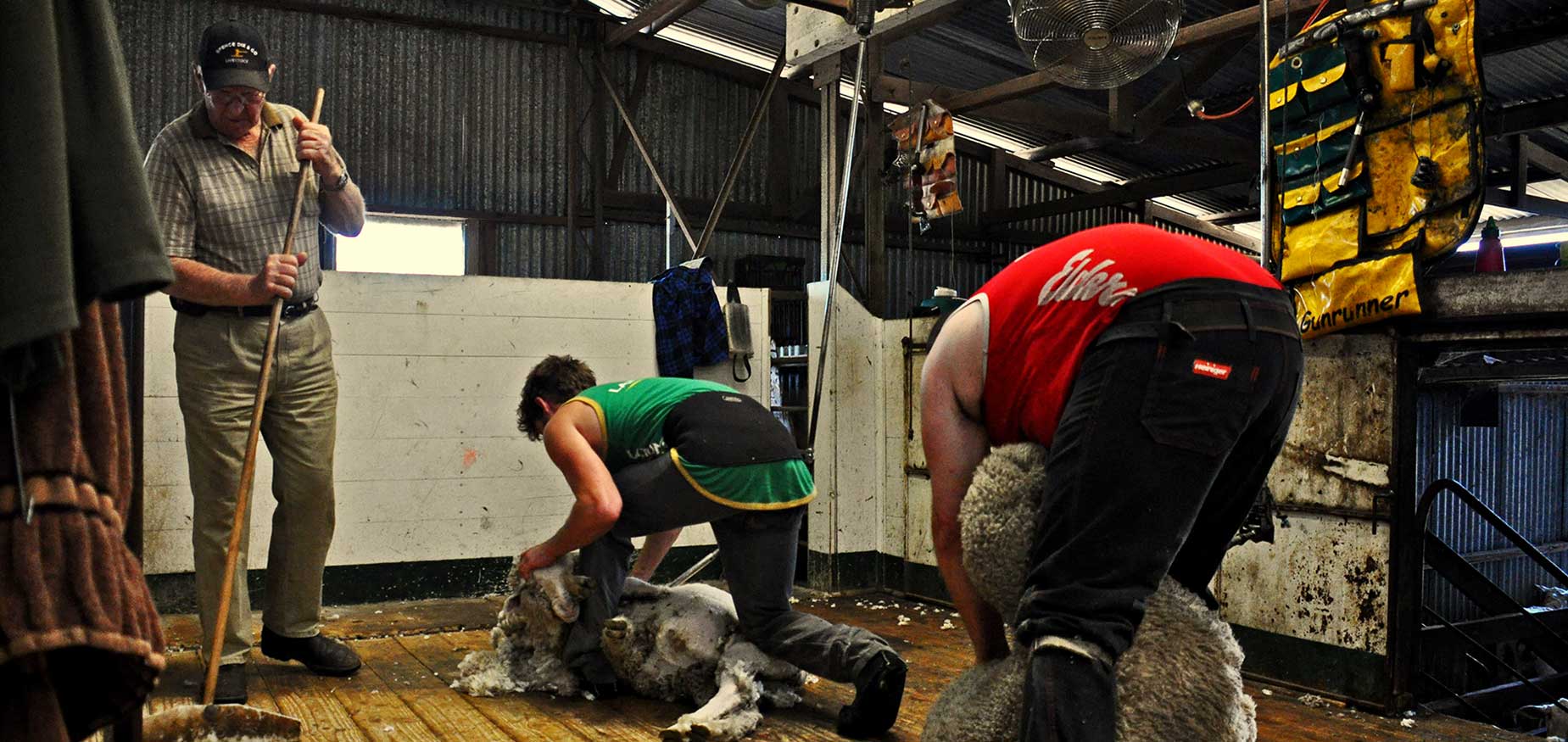Brucellosis may be an underlying issue in many flocks in South Australia. It occurs more commonly in meat breed rams in Southern Australia but can occur also in Merinos rams. It is the major infectious reason for reduced lambing percentages in sheep flocks. There is no effective treatment for rams and the focus should be on prevention.
Infection occurs as the result of a bacteria that cause pinfall swelling in the epididymis, which is the duct that carries sperm from the testicles. Eventually this causes a blockage restricting the sperm. It can occur in one or both of the testes with rams with both testes often resulting in extremely low fertility or sterile rams.
An infected ram that is dominate over other rams can have severe impacts on fertility of a mob of ewes particularly if the ram percentage is low. Longer joining periods (more? than 8 weeks) and increased ram percentages can help overcome fertility impacts providing the infection is not prevalent across all rams in the flock.
Infection is spread by sexual activity between rams prior to the mating season, and is more common in British Breed and younger rams than Merinos? Infection can also be spread by clean rams servicing a ewe that has been previously exposed to semen from an infected ram. Ewes do not remain infected in the following season but rams do remain infected for life. Infected rams are otherwise healthy and the disease can go undetected in a flock for many years.
Ewes infected with the disease show no signs but may result in lamb losses as a result of abortions, stillbirths and the birth of small and weak lambs although these may be difficult to see.
Diagnosing rams may start with a manual palpation of the testes for a lump in the epididymis. However only one in four infected rams may have abnormal testicles and may still shed the bacteria with normal feeling testicles. In addition not all lumps are caused by brucellosis. The best means of diagnosing and detecting infection is with blood tests. Other tests are available as well but are often time and cost prohibitive.
The most effective means of eradicating Brucellosis from the flock is to test and slaughter infected rams. In flocks where the disease is infected rams that test negative must be retested at 14 day intervals until a ram tests negative twice. This ensures rams that are in the early stages of infection are identified and eradicated from the flock. A second round of testing should be carried out just before joining. Another option for smaller flocks is to sell all rams and replace them with Brucellosis free rams.
SA sheep producers should only purchase rams from flocks that are Accredited Free from Brucellosis. These flocks should have a current Certificate that they could show you. To prevent the entry of Brucellosis never borrow or share rams and maintain secure boundary fences to ensure stray rams cannot enter your property.
For further information contact your local vet, Animal Health Officer or Livestock Consultant.





